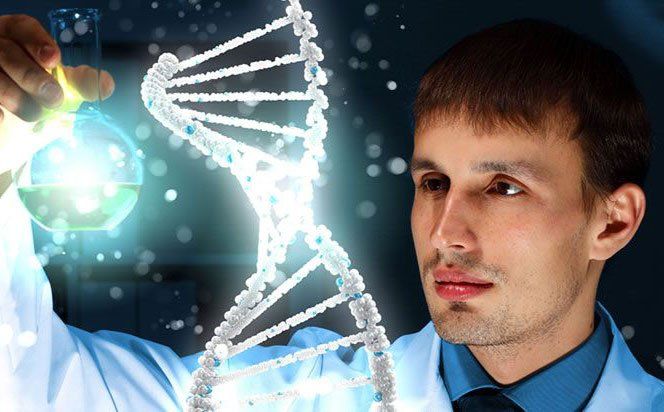MY ACCOUNT
TBP
TBP-TATA Box Binding Protein
- Species; Human
- Expression Host: E. coli
- Tag: His-tag
- Purity: 95%
- Molecular Weight: 39.4 kDa.
- Gene Accession Number: NM_003194.
Purification and Quality Control
The TATA-binding protein (TBP) is believed to function as an essential factor of the general transcription machinery and to be involved in transcription by all three eukaryotic RNA polymerases (pol I, II, and III).
TBP specifically binds to the TATA element at the promoter region and interacts with numerous transcription factors, including TBP-associated factors (TAFs), activators, and some tumor suppressor proteins (1-3).
The His tagged recombinant TBP is isolated from an E. coli strain that carries the coding sequence for human TBP under the control off T7 promoter (3)..
Unit Definition (Activity)
1 unit equals 1 nanogram purified protein. 1-10 units (ng) of topo I CTD can be reconstituted with core domain to restore DNA relaxation activity and contains no detectable DNA relaxation activity by itself. Variable exist in different lots
Applications
TBP can be used for 1) in vitro transcription; 2) gel mobility shift assay in the presence of double-stranded oligonucleotide containing a TATA element; 3) for in vitro footprinting assay in the presence of TATA-containing DNA fragment (1, 4) and 4) for protein-protein interactions assay.
1 unit equals 1 nanogram of purified protein. 1 unit is the amount sufficient for a gel mobility shift assay in a 20 µl reaction. 10 units are sufficient for a 25 µl reconstituted transcription reaction and 100 units are sufficient for a protein-protein interaction assay detected by immuno-blot system.
Formulation and Storage
Protein is stored in 20 mM Tris-Cl (pH 8.0), 20% Glycerol, 100 mM KCl, 1 mM DTT and 0.2 mM EDTA buffer and kept at -80°C. Avoid repeatly freeze thaw cycles.
Target gene sequence
MDQNNSLPPYAQGLASPQGAMTPGIPIFSPMMPYGTGLTPQPIQ NTNSLSILEEQQRQQQQQQQQQQQQQQQQQQQQQQQQQQQQQQQQQQQQQQAVAAAAV QQSTSQQATQGTSGQAPQLFHSQTLTTAPLPGTTPLYPSPMTPMTPITPATPASESSG IVPQLQNIVSTVNLGCKLDLKTIALRARNAEYNPKRFAAVIMRIREPRTTALIFSSGK MVCTGAKSEEQSRLAARKYARVVQKLGFPAKFLDFKIQNMVGSCDVKFPIRLEGLVLT HQQFSSYEPELFPGLIYRMIKPRIVLLIFVSGKVVLTGAKVRAEIYEAFENIYPILKG FRKTT
SYNONYMS
GTF2D; GTF2D1; HDL4; MGC117320; MGC126054; MGC126055; SCA17; TFIID
References
1. Horikoshi, M. et al., (1988) Cell 54, 1033-1042
2. Hernandez, N. (1993) Genes & Dev. 7, 1291-1308
3. Holffman, A. et al., (1991) Nucleic Acids Res. 19, 6337-6338
4. Ge, H. et al., (1994) J. Biol. Chem. 269, 17136-17140
5. Grace et al., (2004) J. Bio Chem, 279:8102-8110
6. Francois et al., (2005) J. Virology, 79:17, 11082-11094,
SDS-PAGE with Coomassie Blue staining
DISCLAIMER
This products is recommended For RESEARCH USE ONLY and is Not qualified for Use in Diagnostic or Therapeutic Procedures.




